Who needs a low potassium meal plan?
We all heard about potassium. And nutritionists say this is the most important dietary mineral in a diet. It is essential for our nervous and cardiovascular systems. Yet, there are some cases when a low potassium meal plan is recommended. If you are interested in this type of diet, read on to find out everything you need to know about a low potassium meal plan.
Why is it recommended to have low quantities of potassium in a meal plan?
A healthy body can take care of by itself of potassium. Still, those that suffer from any kidney function issues might experience trouble in keeping balanced potassium levels in the body. Overall, the recommended amount of potassium for a healthy diet is 4700 mg per day. But those suffering from kidney problems should have less than 3000 mg of potassium daily.
What are the health benefits of a low potassium meal plan?
Since potassium is an essential mineral for our bodies, having a balanced intake of it can significantly improve our wellbeing. Hence, a low potassium diet can get rid of the excess associated with this mineral, which in turn will:
- Prevent excess fluid retention
- Promote electrolyte balance
- Improve brain function
- Balance blood pressure
- Promote proper function for heart and kidneys

Is a low potassium diet helpful for weight loss?
Recently, some small studies analyzed the effects of a low potassium diet for weight loss. And it is believed that since potassium aids in building muscles, it uses a lot of food as fuel. As a result, some people might achieve their weight loss goals. Also, potassium can help you keep pace with your exercise routine so that you shed even more pounds.
Keep in mind that if you have a demanding exercise routine, you should be careful about the amount of potassium in your meals. This mineral can be excreted through sweat so that you might lose additional amounts of potassium during exercise.
Why is it always better to have a low potassium diet?
Studies show that it is always best to follow a low potassium diet, rather than one with high amounts of this mineral. And this happens because potassium can cause serious health problems. Some of the health risks associated with a high potassium meal plan are:
- Heart failure
- Kidney problems and kidney stones
- Stroke
- Gastric cancer
- Osteoporosis
- Liver disease
- Fluid retention
- Certain types of asthma
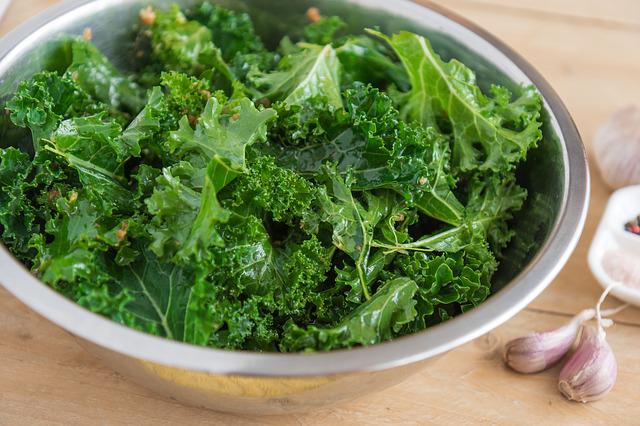
But what happens when we have in our bodies to little potassium?
At the same time, there are many people nowadays who have extremely low potassium levels or even a deficiency. So, it is best to keep an eye for the following symptoms that tell you don’t have enough potassium in your body:
- tiredness
- muscle weakness
- insomnia
- hypertension (high blood pressure)
- constipation
- a slow and irregular heartbeat
- muscle damage
- poor appetite
- mental apathy
Which are the high potassium foods?
Some of the foods with the highest concentrations of potassium include:
- Apricots
- Bananas
- Cantaloupe
- Dried fruit
- Honeydew melon
- Kiwi
- Mango
- Nectarines
- Oranges and orange juice
- Avocado
- Artichoke
- Beets
- Baked beans, black beans, refried beans
- Broccoli (cooked)
- Brussels sprouts
- Kohlrabi
- Lentils
- Okra
- Creamed soups
- French fries
- Granola
- Ice cream
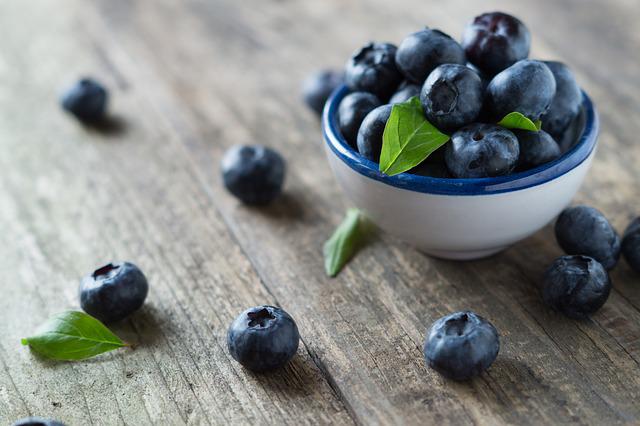
Which are the low potassium foods?
So, if you are planning to start a low potassium diet, it is best to ask your doctor’s opinion first. Based on your medical history, he or she might indicate whether or not it is helpful for you. anyhow, the following foods are some of the most nutritious to have in your diet, while providing low potassium amounts:
- Blackberries
- Blueberries
- Cranberries
- Fruit cocktail
- Grapes and grape juice
- Grapefruit
- Tangerine
- Watermelon
- Cabbage
- Carrots (cooked)
- Cauliflower
- Celery (1 stalk)
- Corn (half an ear if it's on the cob)
- Cucumber
- Eggplant
- Green beans or wax beans
- Kale
- Lettuce
- White mushrooms (raw)
How to cook low potassium meals
now that you know what’s the deal with a low potassium meal plan, you are probably wondering how to prepare your food correctly. Keep in mind that the potassium in foods can be easily destroyed if you soak or boil your dish. And no matter if you are following a low potassium meal plan or not, you still need some potassium intake. Hence, to assure the best nutritional intake, you should:
- cook Potassium containing foods in a minimal amount of water
- cook Potassium containing foods for the shortest possible time
The bottom line
Even though it is believed that a low potassium diet might help with weight loss, it is always best to ask your medical practitioner for advice. Potassium is a versatile and essential compound for our wellbeing, so you should do your best to keep its amounts balanced. Overall , it is more beneficial for your health to follow a low potassium meal plan than it is to have a high potassium diet.
, it is more beneficial for your health to follow a low potassium meal plan than it is to have a high potassium diet.
updates?


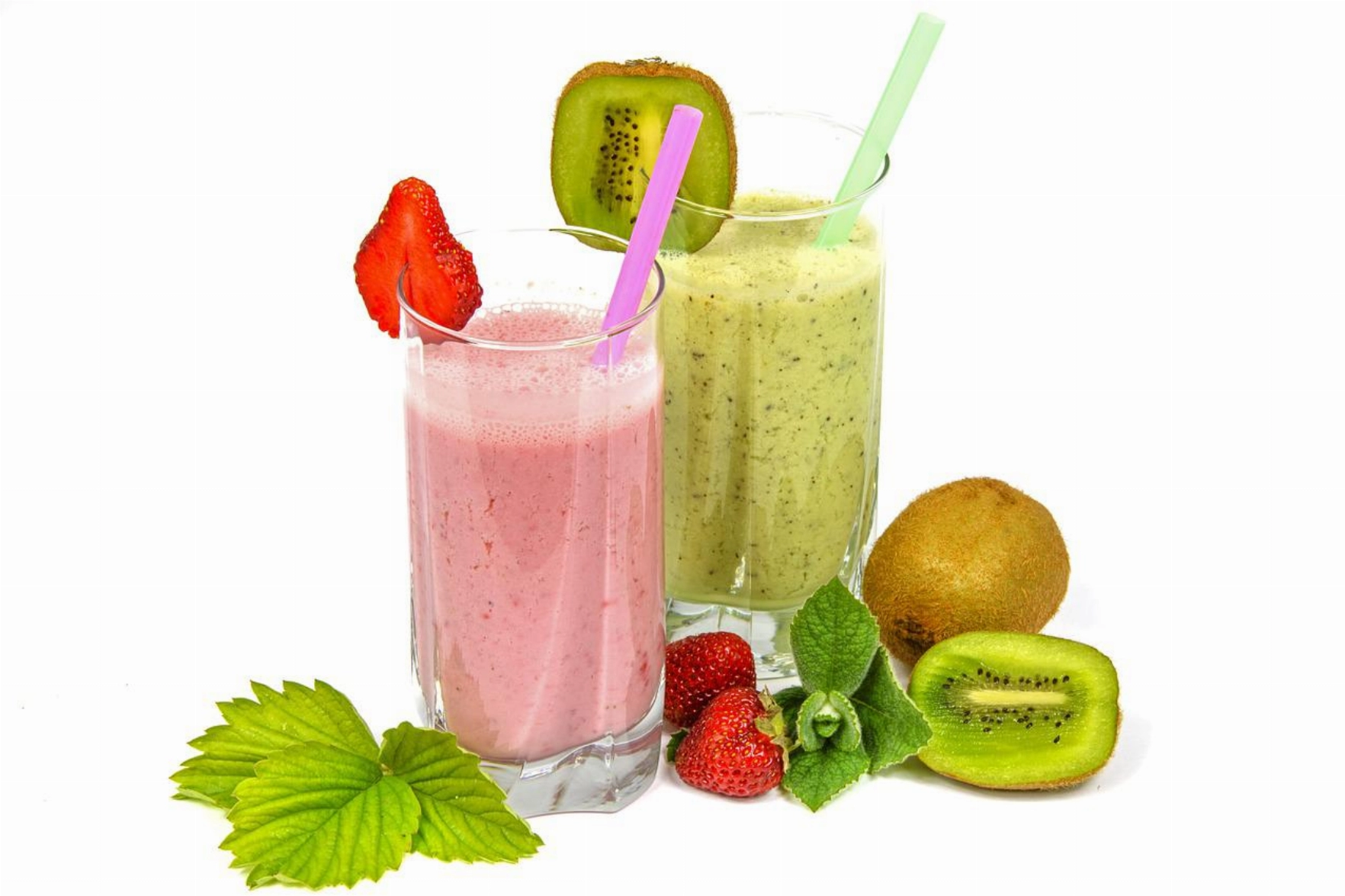

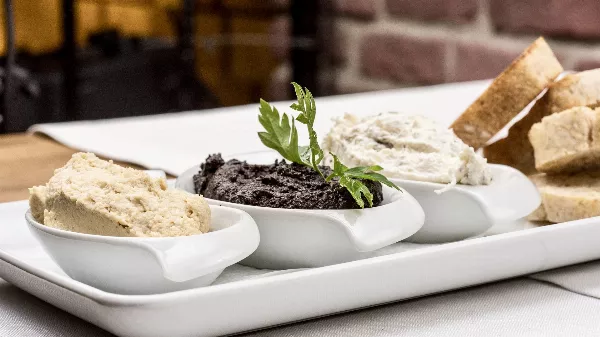

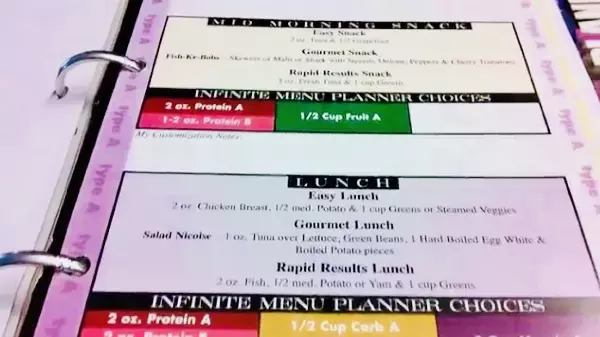



0